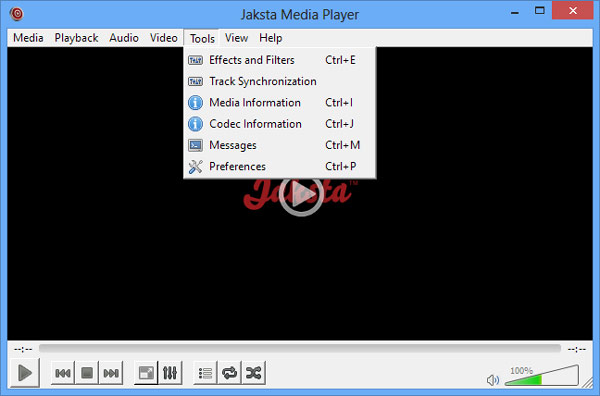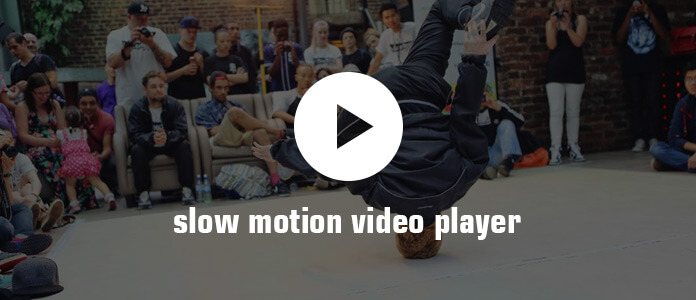
If you're using 25 FPS video material, we recommend enabling the option "Interpolate intermediate images" to ensure that the video plays smoothly if the value drops below 0.75. You can also type in the factor number yourself.

Then place the playback marker at the end of the scene you're going to turn into a slow-mo sequence, and press the "T" key again.Place the playback marker at the beginning of the scene and press the "T" key to cut the material at this position.Play your footage and find a scene to use for slow motion.You don't need to do this if you want make the entire video slow motion, of course.
#Video players with slow motion how to#
The steps outlines how to create slow motion with the video editor Movie Studio – there are two stages.įirst you need to cut the scene that you want to slow down. Compact cameras offer at least 60 FPS in HD quality. Action cameras record this way in any event, since they are specialized for the playback of action-packed footage in which the slow motion effect is often deployed. Many smartphones, including iPhones older than iPhone 6, can even record at 120 FPS. Most cameras are designed to record at higher FPS rates than the 25 FPS necessary for normal playback speed. While this gives you the freedom to create slow-mo irrespective of the camera used or the video material, it's better if the camera can record an optimal frame rate.

Intermediate frames can also be generated using a special tool to allow for smooth slow motion no matter the playback device. In the long run, this pays off, as you'll have more options for creating slow motion effects during the editing process.Īny camera can be used in Movie Studio to create the slow motion effect. This means that during recording, more space is occupied per film minute on the recording medium. Recordings with 50-60 frames per second are standard, and enable smooth playback at half the original speed. If you want to slow down a video sequence using the slow motion effect, video material recorded higher than 25 frames per second is preferable. The higher the amount of frames that appear per second in the source material, the better your slow motion video will be. Most videos play at 25 frames per second. At some stage motion sequences will begin to blur (known as motion blur), judder and become choppy. Since any film comprises a defined number of frames that are displayed within a certain time framework (frames per seconds or FPS), videos cannot be slowed down indefinitely without a visible loss of quality. Keep reading to learn step-by-step how to easily create the slow motion effect and also produce speed ramps for more dynamics in your film. This lets you take a particular moment from the action and emphasize it in an atmospheric and visual way that doesn't interrupt the flow of the movie. Speed ramps work especially well in action scenes, where they can be used to turn fast-paced visuals into a slow motion scene to focus on a crucial moment before allowing the action to continue at normal speed. However, sometimes film makers actually slow down the beginning and then speed up the end of the slow motion scene to bring it back up to normal speed.

Commonly abbreviated as slow-mo or slo-mo, the slow motion effect is often used in a static way, meaning that there is no change in the playback speed of the slow motion sequence. Now, below is our DOM JavaScript code: document.getElementById("videoBtn").The slow motion effect is always used in videos when the film maker wants to slow down the action of a specific scene to place more emphasis on it.

Play/Pause Button For HTML5 Video Using JavaScript To give our video slow motion we will add the functionality to our button. On clicking the button, our HTML5 video will play in slow motion. In the above HTML code, we have an HTML5 video and a button. Our HTML5 video will play in slow motion after we click a button. Here in this tutorial, we are going to show you how to control the speed of an HTML5 video by slow down the speed of the video.


 0 kommentar(er)
0 kommentar(er)
